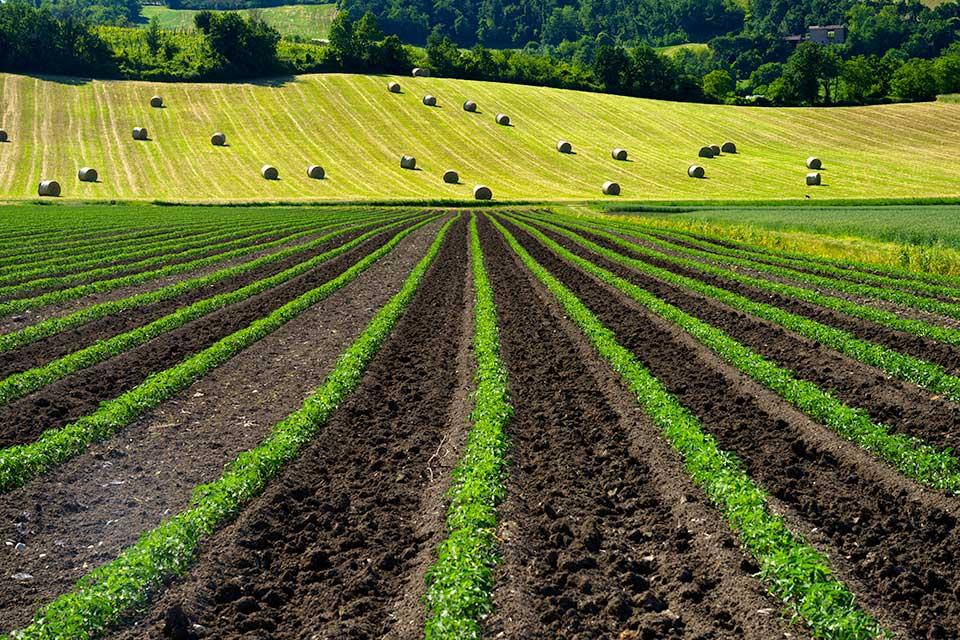image data

Tea is a significant economic product in our country, and tea plantation harvesting constitutes an essential agricultural activity. The tea plantation picking work is gradually moving towards intelligence and mechanization. As an active research field, artificial intelligence recognition technology is expected to identify the large-scale tea plantation picking work that is being promoted under the current situation, as well as the identification of tea plantation picking behavior.
- Categories:
 350 Views
350 Views
We evaluated the strategy performance on three different datasets (MNIST, FMNIST, and CIFAR10), which is simulated heterogeneity by assigning different data volume labels to these datasets. These datasets all consist of image data for vehicle perception tasks. The MNIST dataset contains 70,000 images from 10 different classes, including 60,000 train and 10,000 test samples . FMNIST and MNIST have similar data structures, both are grayscale images. In contrast, FMNIST focuses on more complex target recognition tasks, which contains 10 categories of everyday items .
- Categories:
 97 Views
97 Views
Tea chrysanthemums can provide many components that are beneficial to human health. However, the harvesting process is time-consuming and labor-intensive. In the future, tea chrysanthemums harvesting can be done by machines. The first step towards automated harvesting is the detection of tea chrysanthemums, which are highly dependent on the quantity and quality of datasets. In a natural environment, a strain of chrysanthemum can present multiple flower heads in different stages and sizes.
- Categories:
 29 Views
29 Views
- Categories:
 601 Views
601 Views